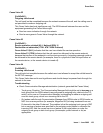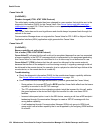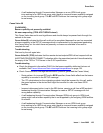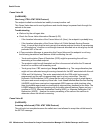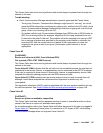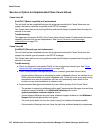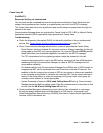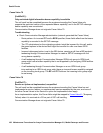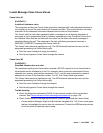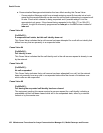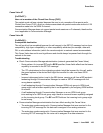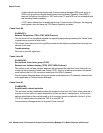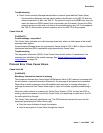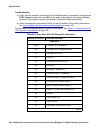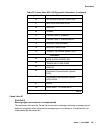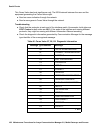
Event Data
Issue 1 June 2005 161
Invalid Message Class Cause Values
Cause Value 81
[0x51/0xD1] -
Invalid call reference value
The equipment sending this Cause Value received a message with a call reference value that is
not currently in use on this user-network (D-channel) interface. This could indicate a call state
mismatch for the attempted connection between the two sides of the interface.
This Cause Value is most often generated when a message in a call clearing sequence of
messages is lost in transmission due to problems experienced on the D-channel. One side of
the interface thinks that the call has been torn down but the other side sends messages to
complete clearing the call. The response to this new call clearing sequence becomes a
RELEASE_COMPLETE message with Cause Value 81.
This Cause Value has local significance only. The ISDN network between the user and the
equipment generating the Cause Value might:
● Send no cause indication through the network
● Send a more generic Cause Value through the network
Cause Value 82
[0x52/0xD2] -
Identified channel does not exist
The equipment sending this Cause Value received a SETUP request to use a channel that is
not activated on this interface for a call. For example, when a user has subscribed to those
channels on a primary rate interface numbered 1 to 12, and the user equipment or network
attempts to use one of the channels number 13 to 23, this Cause Value is generated.
This Cause Value has local significance only. The ISDN network between the user and the
equipment generating the Cause Value might:
● Send no cause indication through the network
● Send a more generic Cause Value through the network
Troubleshooting
● Check the diagnostic information (DIAG) for the channel number of the non-existent
channel. See Cause Values and their meanings/interpretations
on page 128.
● Check Communication Manager administration (network generated the Cause Value).
- Communication Manager might have B-channels assigned off a T1/E1 into a trunk group
that are not available for service from the remote end. Contact the ISDN service provider
to find out which B-channels can be used.



